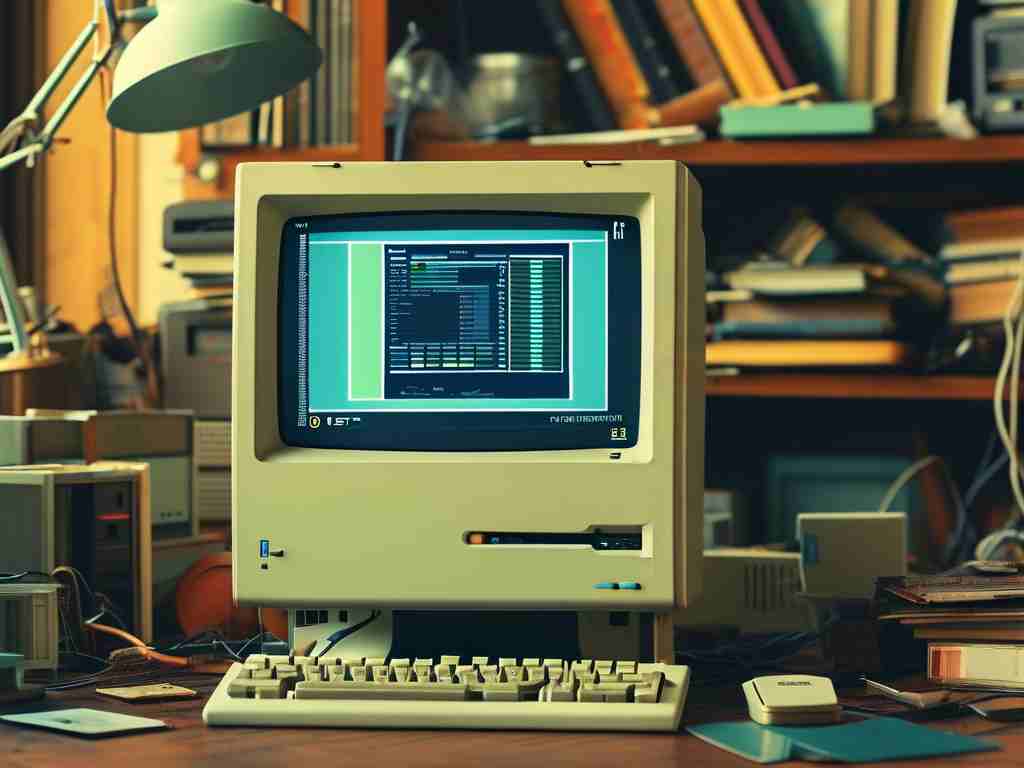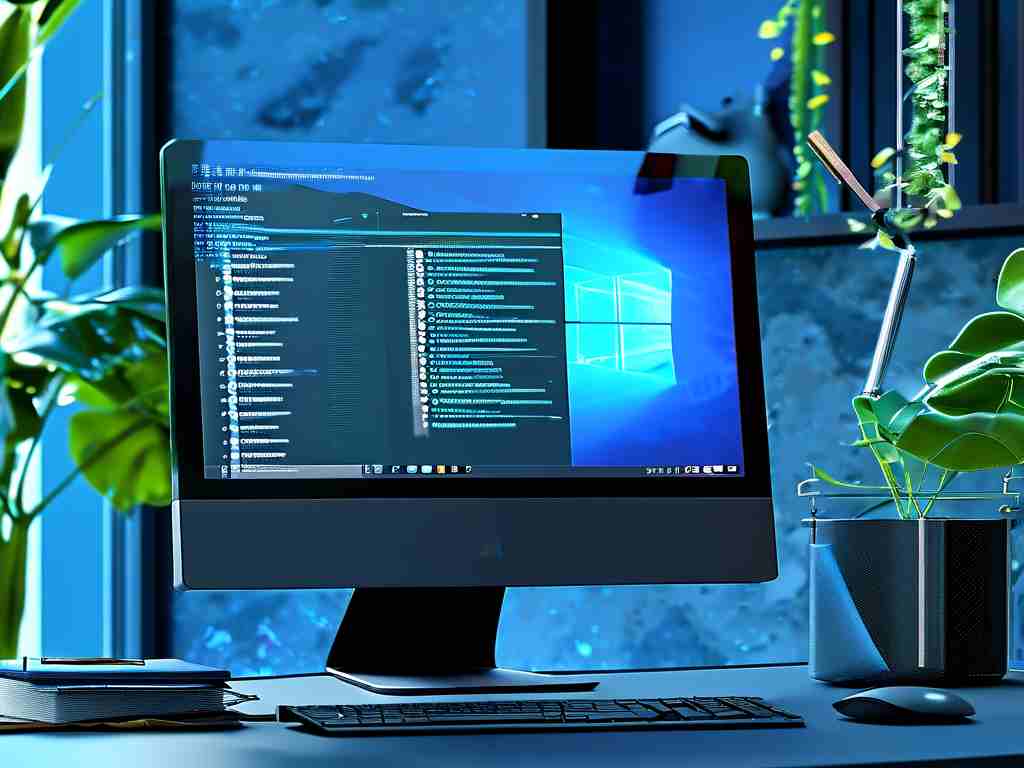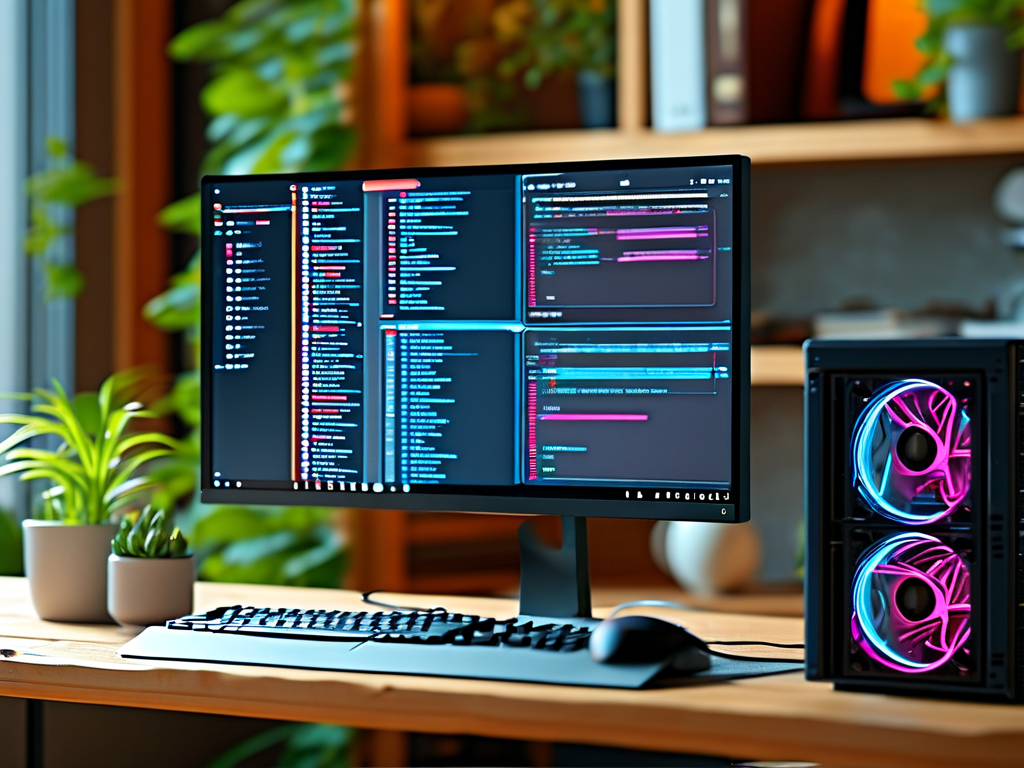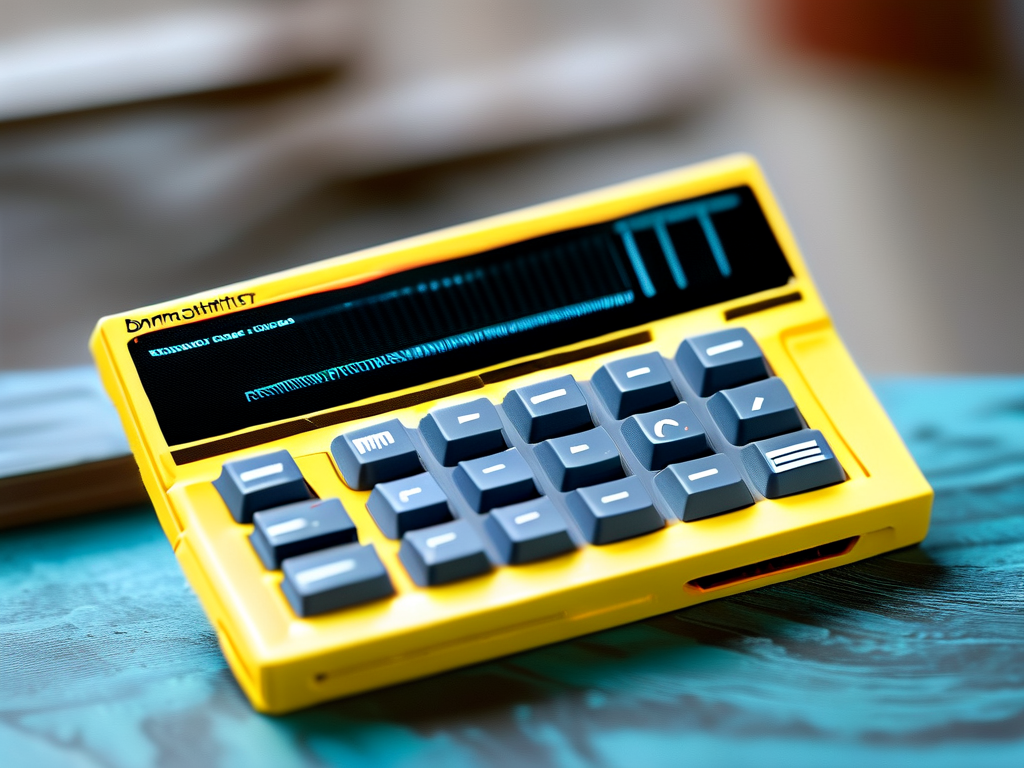Maintaining optimal device performance requires regular memory management, especially as applications and background processes gradually consume available resources. System managers – whether built-in tools like Windows Task Manager or third-party utilities – offer practical solutions for clearing redundant data and improving responsiveness. This guide explores actionable methods to clean memory effectively while addressing common pitfalls.

Understanding Memory Allocation Challenges
Modern operating systems handle memory dynamically, but inefficiencies arise over time. Residual cache files, unresponsive background services, and fragmented temporary data can degrade performance. System managers provide visibility into these issues by displaying real-time resource usage. For example, Windows users can press Ctrl+Shift+Esc to launch Task Manager, while macOS users utilize Activity Monitor (Cmd+Space > "Activity Monitor"). These tools categorize memory consumption by processes, helping identify unnecessary burdens.
Step-by-Step Memory Cleaning Process
-
Diagnose Memory Usage
Initiate the system manager and navigate to the "Processes" or "Memory" tab. Sort columns by memory percentage to identify top consumers. Browser tabs, update services, and media players often accumulate unexpected memory loads. -
Terminate Non-Essential Processes
Right-click questionable entries consuming over 15% memory and select "End Task." Exercise caution with system-critical processes labeled "Windows processes" or "System" in Task Manager. Forced termination of these may cause instability. -
Clear Cached Data
Many managers include cache-cleaning functions. In CCleaner (a popular third-party tool), navigate to "Custom Clean" to remove browser cookies, temporary files, and log data. Built-in disk cleanup utilities (Windows: cleanmgr.exe) also help reclaim space. -
Schedule Automatic Maintenance
Configure tools like Wise Memory Optimizer to perform hourly or daily memory sweeps. This prevents gradual performance decay without manual intervention.
Advanced Techniques for Power Users
-
Command-Line Memory Management
Windows PowerShell enables granular control:Get-Process | Sort-Object -Property WS -Descending | Select -First 5
This command lists the five most memory-intensive processes for targeted optimization.
-
Virtual Memory Adjustment
In System Settings > Advanced > Performance Options, users can modify virtual memory allocation. Increasing the paging file size (1.5x physical RAM minimum) supplements physical memory during peak usage.
Common Mistakes to Avoid
-
Over-Cleaning Syndrome
Excessive memory flushing (more than 5x daily) forces systems to reload essential resources repeatedly, paradoxically slowing operations. -
Misidentifying Processes
Terminating "Runtime Broker" or "Client Server Runtime Process" often triggers system errors. Cross-reference process names with databases like ProcessLibrary.com before acting.
When to Consider Hardware Upgrades
If memory usage consistently exceeds 85% despite optimizations, hardware limitations may be the root cause. Installing additional RAM remains the definitive solution for devices with 4GB or less memory running modern OS versions.
Effective memory management balances automated tools and informed manual interventions. By combining system managers' diagnostic capabilities with disciplined process management, users can sustain smooth operations without resorting to factory resets. Always verify the legitimacy of memory-cleaning software through trusted tech forums, as some "optimization" tools ironically introduce bloatware. Regular maintenance paired with hardware upgrades when necessary creates a sustainable performance ecosystem.









